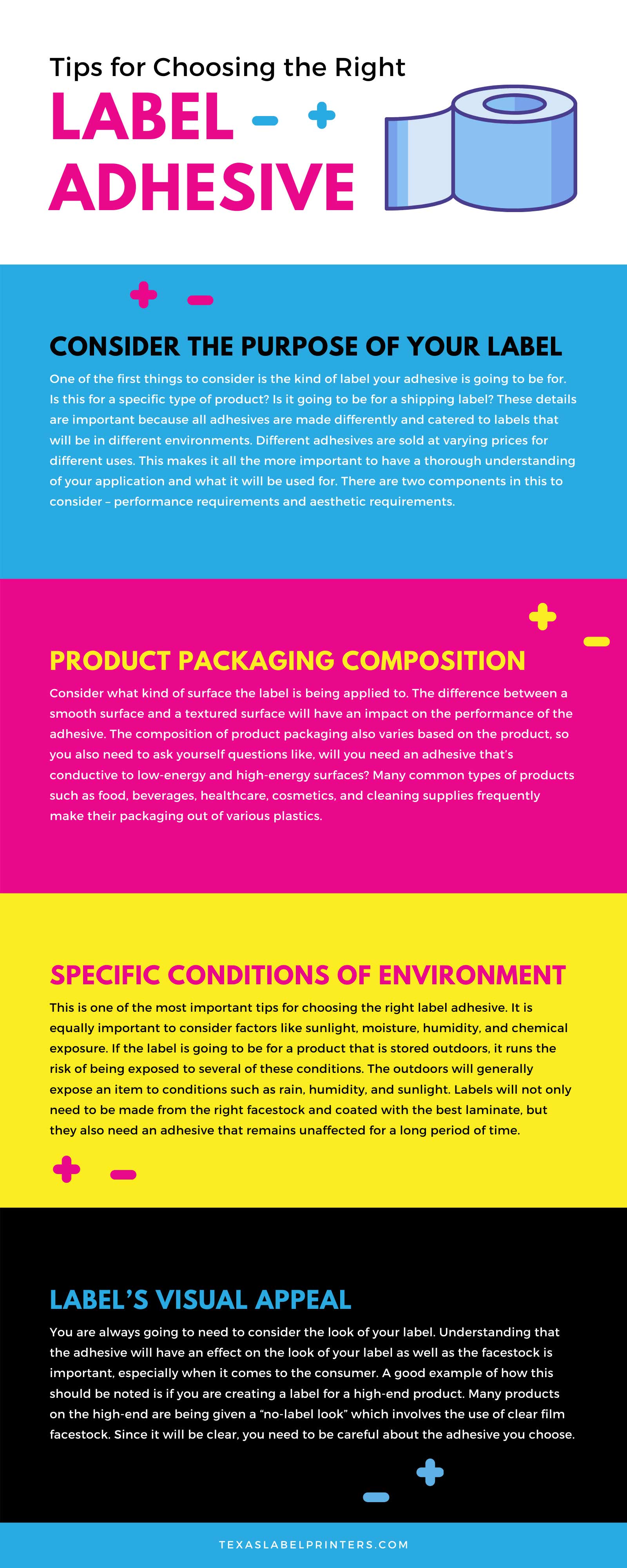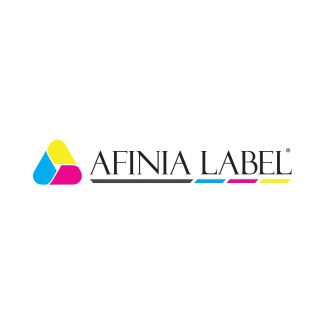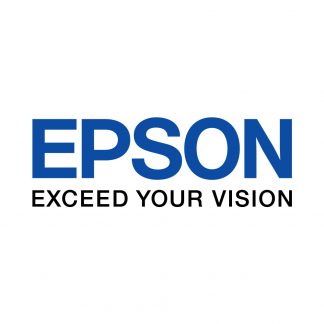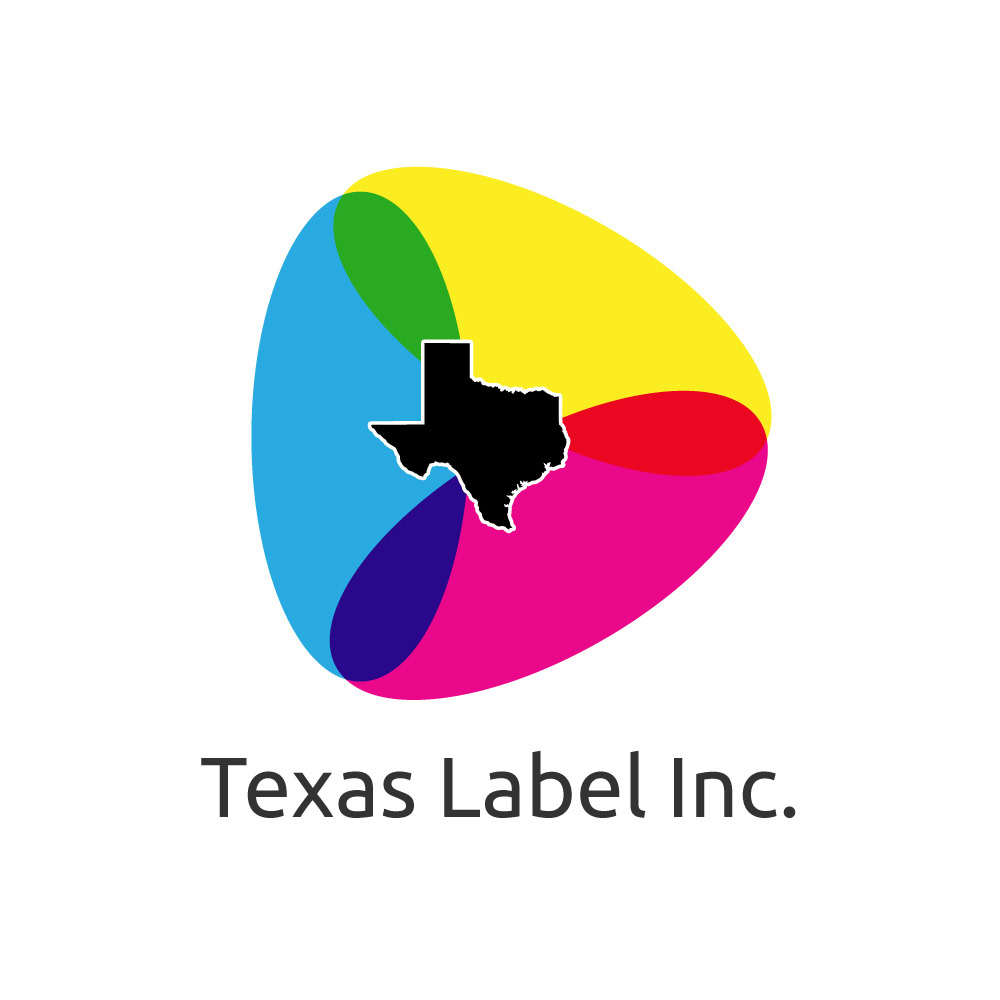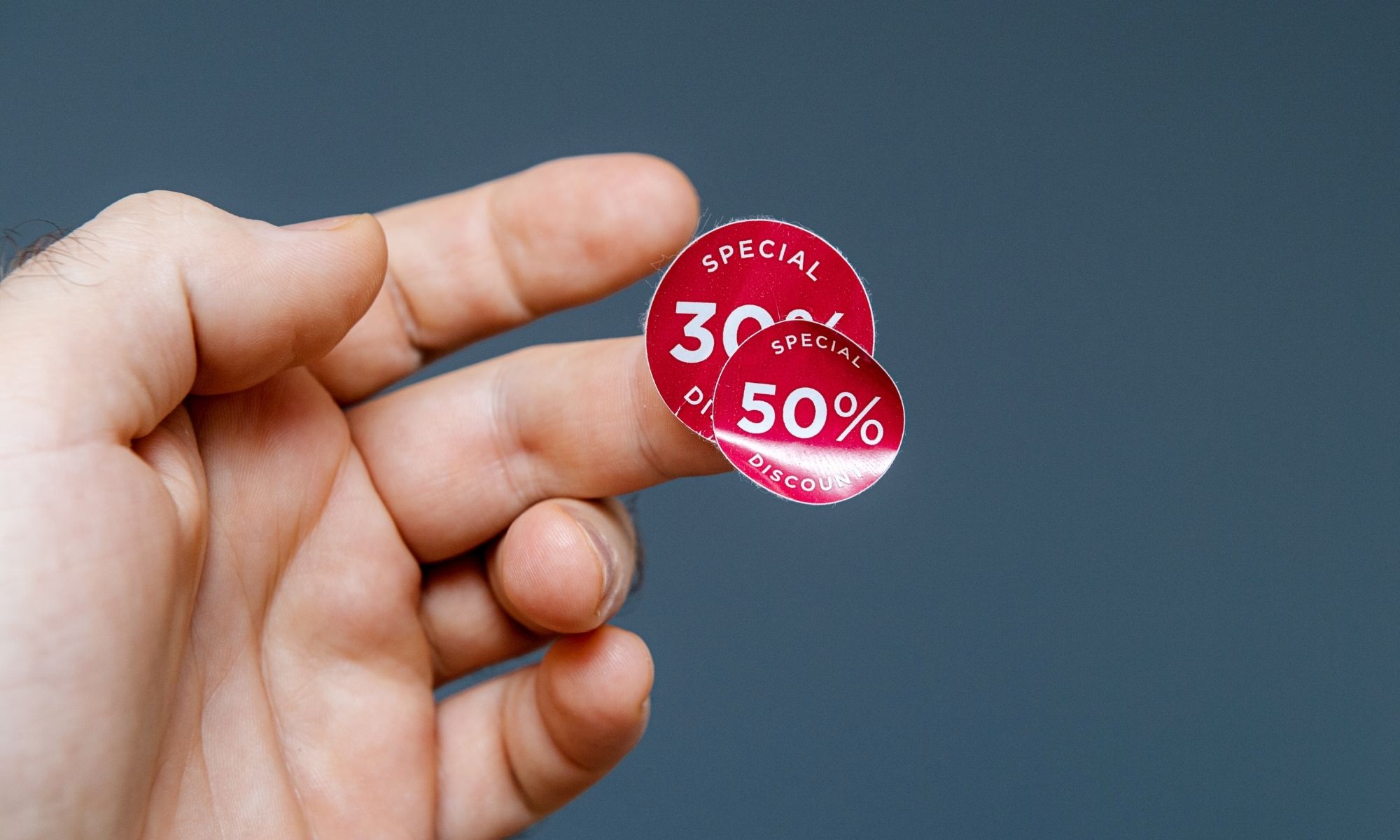
When you are decided on a final design for a product label, you will need to consider the materials. The facestock that you are making the label out of is one of the most obvious concerns. Then, you will likely be deciding on a laminate to give the label durability. The third component you will need to consider is the choice of adhesive. Some people may not consider the different options and just go with the cheapest one, as long as it sticks. This could be a major problem for your product label’s life expectancy, which will likely affect the sale of the product. There are several details to consider when you are ready to choose the adhesive. Learn here, from this list of tips for choosing the right label adhesive.
Consider the Purpose of Your Label
One of the first things to consider is the kind of label your adhesive is going to be for. Is this for a specific type of product? Is it going to be for a shipping label? These details are important because all adhesives are made differently and catered to labels that will be in different environments. Different adhesives are sold at varying prices for different uses. This makes it all the more important to have a thorough understanding of your application and what it will be used for. There are two components in this to consider – performance requirements and aesthetic requirements. When it comes to performance, it is important to consider the environments your label will face. For labels that are going to be on a standard product, likely on an indoor shelf, you will not need the strongest and most expensive option. However, this doesn’t mean you should go with the cheapest option. If you are making a label for a product that will be facing harsher conditions, such as the outdoors or a frozen food item, it will be imperative to have a higher quality adhesive with more strength. The facestock you choose will also play a part in your adhesive choice, as adhesives are also designed to go with specific types.
Product Packaging Composition
Consider what kind of surface the label is being applied to. The difference between a smooth surface and a textured surface will have an impact on the performance of the adhesive. The composition of product packaging also varies based on the product, so you also need to ask yourself questions like, will you need an adhesive that’s conductive to low-energy and high-energy surfaces? Many common types of products such as food, beverages, healthcare, cosmetics, and cleaning supplies frequently make their packaging out of various plastics. For this reason, it is wise to know the chemical composition of the package so that you can choose an adhesive that will stick to the package surface for the right amount of time. You should also consider things like the shape of the packaging. For example, if you are labeling something that curves like a shampoo bottle, you will want the right adhesive to avoid tunneling. Also, there might be the question of whether you want an adhesive that is repositionable or one that will go on permanently. There are products that could require to have a removable label to reveal under-label directions. There are situations where you will want a high-performance permanent adhesive, like for prescription drugs, electronics, and high-end items to help prevent counterfeiting.
Specific Conditions of Environment
This is one of the most important tips for choosing the right label adhesive. It is equally important to consider factors like sunlight, moisture, humidity, and chemical exposure. If the label is going to be for a product that is stored outdoors, it runs the risk of being exposed to several of these conditions. The outdoors will generally expose an item to conditions such as rain, humidity, and sunlight. Labels will not only need to be made from the right facestock and coated with the best laminate, but they also need an adhesive that remains unaffected for a long period of time. Labels can begin to lift and suffer tunneling from contact with too much water. The same can happen including complete removal of the label in high humidity. To survive in the sunlight, it will be best to look into an adhesive that is UV resistant. Also, consider winter conditions like snow and freezing temperatures. Then there are products that will require options that are chemical resistant. Some of the most common examples of these are household cleaning products. So, make a point to become familiar with the adhesives will react when coming into contact with chemicals of this nature. This will also go for any products that are kept near chemicals like gasoline or oil. Look for adhesive solutions that are designed to handle these conditions ahead of time which will prepare you for when it comes time to make your choice.
Label’s Visual Appeal
You are always going to need to consider the look of your label. Understanding that the adhesive will have an effect on the look of your label as well as the facestock is important, especially when it comes to the consumer. A good example of how this should be noted is if you are creating a label for a high-end product. Many products on the high-end are being given a “no-label look” which involves the use of clear film facestock. Since it will be clear, you need to be careful about the adhesive you choose. It will need to be an optically clear adhesive. It will be important to also investigate the types of clear adhesive available, as some are designed for different conditions. If you have a food or beverage product with a clear label design, you will need a clear adhesive that is not affected by water. Some of the more basic clear adhesives can whiten when exposed to moisture. It will be necessary to consider how adhesive will affect the look of a solid label. Even labels produced from high-quality color label printing equipment will need an adhesive to prevent them from lifting and getting torn off.
